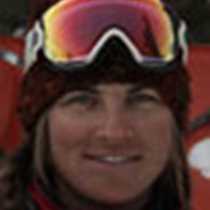Pavlof Harbor & Chatham Strait
When we dropped anchor for our morning activities, the tide was almost at its lowest for the day. This meant that an incredible assortment of life was exposed in the intertidal zone, which is most often under water. The slimy brown creatures that looked a little like deflated lace-less footballs were in fact sea anemones, which have no skeletal structure and therefore a hard time standing up when there isn’t any water surrounding them. There was the occasional comical squirt of water from a clam burrowed into the mud. Black worms wriggled back under their rocks if exposed and crabs scurried from rock to rock, trying to stay out of sight. In some places, there were clusters of sea stars of dark purple and blue-gray with their arms spread out on the exposed rocks and sand. There were also algaes and rock weed along the shore, with bull kelp and what looked like giant pieces of lettuce out in the shallow waters.
As the tides changed later in the morning, the water moved quickly back up the shore. It lapped at our rubber-boot-clad toes, covering back over the life it had left high and dry earlier in the morning. As the kelp was floated back up, it could wave its fronds in the current, reaching up for the sunlight. The anemones got a little more shape back to them and as the water got deeper, they opened up, exposing the feather-duster body that comes out to collect food floating by in the water. In its race back up the shore, the tide carried the inbound zodiacs farther and farther up the beach towards our bright orange life preservers safely tucked away above the high tide line.
Moving out into the wind-whipped waters of Chatham Strait in the afternoon, we went in search of some of the largest animals on Earth – humpback whales. We were rewarded early in the evening with a wonderful display of tail lobs and the intermingling of a sea lion and a humpback calf playing in the waves. Throughout and after dinner, there was even more activity. The enormous animals brought themselves almost entirely out of the water, spinning and somehow gracefully smacking back down onto the surface of the sea in an action called breaching.
The delicious chilly wind made whitecaps on the waves and we all returned to our rooms to grab one more layer and hats and gloves so we could stay out on the bow just a little bit longer to enjoy this wonderful place in which we find ourselves and all the elements and wildlife to which it has exposed us.




